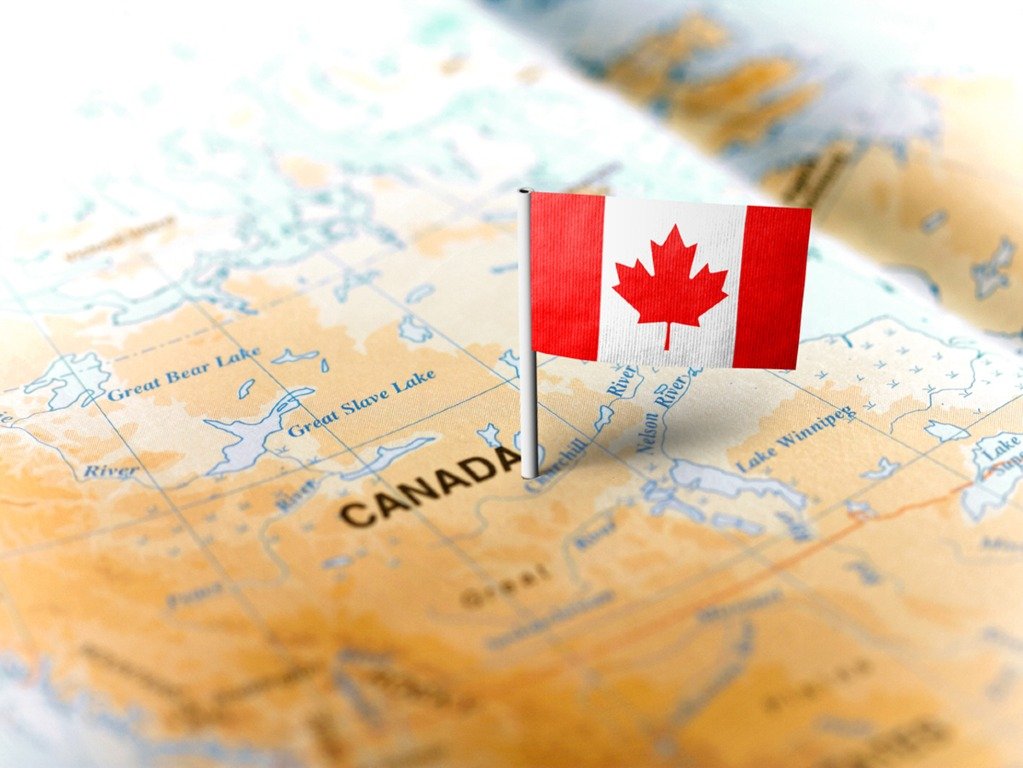As of July 2025, Canada’s immigration policy landscape has undergone several transformative changes, many of which have reshaped the path to temporary and permanent residency. These mid-year policy updates by Immigration, Refugees and Citizenship Canada (IRCC) are designed to better align immigration pathways with Canada’s economic, labour market, and humanitarian goals.
This report outlines the most significant policy shifts so far in 2025, who they affect, and how they alter the overall immigration system. Each change reflects Canada's continued move toward a data-driven, targeted, and outcomes-based immigration strategy.
Effective for study permit applications submitted on or after November 1, 2024, Canada restructured PGWP eligibility for non-degree programs:
-
119 new programs added to the eligibility list, focused on in-demand sectors like healthcare, skilled trades, and tech
-
178 programs removed due to limited alignment with labour market needs
-
The updated list includes 920 eligible programs linked to the 2025 Express Entry occupational priorities
Students pursuing bachelor’s, master’s, or doctoral programs remain unaffected.
This change directly impacts international students in certificate, diploma, and associate degree programs. To review eligible programs, see the IRCC PGWP Eligibility Guide.
Strategic Implication: Students must now select education paths aligned with PR-eligible jobs to maintain work rights post-graduation.
As outlined in the 2025–2027 Immigration Levels Plan, Canada imposed a 50% cut to the Provincial Nominee Program (PNP) across all provinces in early 2025.
| Province/Territory | 2024 Allocation | 2025 Allocation |
|---|---|---|
| Ontario | 21,500 | 10,750 |
| British Columbia | 8,000 | 4,000 |
| Manitoba | 9,500 | 4,750 |
| Yukon | 430 | 215 |
Result: Major stream closures, intake suspensions, and application caps were imposed. For example, BC capped applications to 1,100 in 2025 (WelcomeBC).
Exception Cases: Newfoundland and Labrador and New Brunswick successfully negotiated allocation increases after agreeing to welcome humanitarian migrants (Read the NL PNP Update) and New Brunswick PNP expansion.
This shift represents a broader effort to balance economic migration with humanitarian responsibilities.
In response to housing pressures and system strain, IRCC implemented a cap on international study permit applications starting January 22, 2025.
-
Target: Limit new study permit approvals to 360,000 nationally for 2025
-
Ontario and British Columbia experienced the steepest reductions
-
Institutions in smaller provinces like PEI and New Brunswick saw moderate growth
IRCC’s justification: Protect provincial infrastructure, ensure integrity in the education sector, and promote pathways that lead to PR.
Outcome: Institutions have been required to prioritize enrollment in PR-aligned programs and demonstrate regional capacity. New application processing standards include provincial attestation letters and updated Designated Learning Institution (DLI) audits.
Beginning September 26, 2024, the federal government introduced limits under the TFWP that took full effect in Q1 2025:
-
Employer cap lowered to 10% of total workforce for low-wage positions
-
Work permit duration limited to 1 year for certain sectors
-
Sectors like food service and long-term care are under direct compliance scrutiny
This move affected industries with high foreign worker reliance such as:
-
Food service and hospitality
-
Long-term care
-
Agriculture (some exemptions apply)
Data Point: The reduction in TFW numbers has led to a 23% vacancy increase in the food services sector in Alberta and BC (Q2 2025).
Implication: Employers in rural and regional areas reported acute staffing shortages. Provinces like Manitoba and Prince Rupert, BC raised concerns about business viability and service continuity (Read Prince Rupert Analysis).
In 2025, IRCC further expanded its occupation-targeted draws under Express Entry. These Category-Based draws prioritized candidates in key sectors:
-
Healthcare
-
STEM (Science, Tech, Engineering, Math)
-
Skilled trades
-
Transportation
-
Agriculture and agri-food
Candidates meeting these occupational profiles received Invitations to Apply (ITAs) with lower CRS cutoffs compared to general draws.
Stat Update: Between January and June 2025, 27,400+ ITAs were issued via category-based draws—up 42% from 19,300 during the same period in 2024 (IRCC Express Entry rounds).
Provincial Tie-In: Manitoba, Alberta, and Saskatchewan launched parallel provincial category-specific draws to complement federal selections.
As part of its strategy to boost Francophone immigration outside Quebec, IRCC introduced new community support grants and expanded eligibility under programs like the Francophone Community Immigration Pilot (FCIP).
-
New rural hubs added in Ontario, Manitoba, and New Brunswick
-
Increased PR spots for French-speaking applicants with NCLC 5+ in eligible roles
-
Updated list of eligible occupations to include early childhood educators, bilingual healthcare aides, and French-speaking support workers
Goal: Reach 6% Francophone immigration outside Quebec by 2026—as of June 2025, progress has reached 4.2%, according to IRCC’s mid-year reporting (IRCC language strategy).
-
Asylum Processing Times Improved: Average wait times dropped from 24 months (2023) to 14.5 months in 2025 due to increased staffing and digital systems.
-
Family Sponsorship Reopenings: IRCC reopened 2025 family reunification intake with 32,000 new sponsorship slots across all provinces.
-
Digital Nomad Framework in Development: IRCC is currently consulting with provincial tech clusters to propose a federal digital nomad visa for 2026 launch.
The first half of 2025 has been marked by selectivity, prioritization, and structural reform across Canada’s immigration framework. The emphasis is now clearly on:
-
Labour market integration
-
Regional equity
-
Education-to-PR alignment
-
Humanitarian collaboration
For prospective immigrants, the key to navigating these changes is aligning with high-demand sectors, choosing PR-eligible programs, and leveraging tools like QuestJobs.io to identify qualifying employers and opportunities.
To explore jobs connected to provincial programs, Express Entry, and AIP, visit QuestJobs.io.


